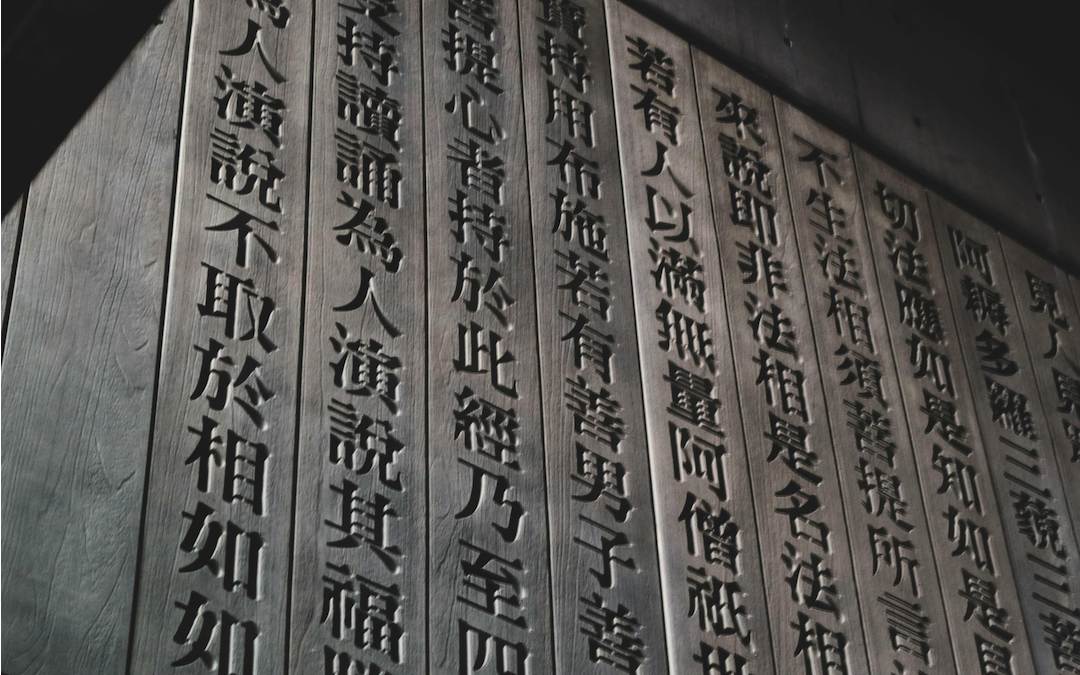
As someone who has fumbled through learning Chinese characters over the years, I can attest that it's one of the most challenging yet immensely rewarding experiences a language learner can undertake. Those strange squiggles and lines that seem indecipherable at first glance contain rich histories and subtle linguistic nuances.
Getting started trying to learn Chinese online can feel incredibly daunting. Where do you even begin with thousands of unique characters to memorize? I still vividly remember my first few weeks, feeling completely overwhelmed and questioning if I'd ever be able to make sense of it all. But stick with it, and those alien-looking scribbles slowly start to transform into a beautiful logographic writing system that arguably has more character(s) than any other language on Earth.
Now, nearly a decade after first torturing myself with flashcards of radicals and stroke orders, I can happily say I've reached a level of proficiency that makes reading, writing, and zazen ping things with ridiculously complicated characters bizarrely satisfying. It's been an arduous journey for sure, but so incredibly worth it to unlock such a diverse and fascinating world.
For those of you just starting down this path, let me share a few key tips that helped me get through the initial phases of feeling hopelessly lost amongst the thousands of intricate logograms:
Start Simple with Components
Don't try to memorize entire characters from the get-go. That's a recipe for burnout and confusion. Instead, begin by learning the basic radicals and common components that form the building blocks of characters. Getting these foundational elements down first will make deconstructing and internalizing new characters much easier over time.
Use Mnemonics Shamelessly
Our brains aren't wired to inherently map meanings to these visually complex logograms, so we have to get creative. When first learning new characters, shamelessly leverage visual mnemonics and memory associations to burn them into your memory banks. I still vividly remember learning 徒 (tú - deficient) by picturing someone defiantly stomping around without any shoes on their tu-shies. Silly? Maybe. But I'll never forget that character.
Ditch Rote Memorization
While drilling with flashcard apps can be helpful for building baselines, attempting full rote memorization for thousands of characters is a brutal and inefficient slog. Understanding general patterns, components, stroke orders, and origins is far more effective. For instance, once you recognize radical components like 扌(a hand radical) or semantic-phonic compounds like 行(movement/to go), you'll start decoding new words much faster.
Find a Good Teacher (Online or IRL)
Given how complex and nuanced many usages of Chinese characters are, having an experienced teacher guide you through it is almost essential, especially in the beginning stages. They can provide context, explanations of etymologies, and insight into things like measure words and classifiers that bring depth beyond just memorizing glyphs. Many outstanding online teachers are available these days.
Immerse Where You Can
Like any language, studying characters in context through reading, watching media, labeling household items, etc. will reinforce your knowledge exponentially faster than just grinding on flashcards alone. Find reading materials, movies, YouTube videos, or even just random product boxes with chinese characters on them to apply what you're learning in the real world.
Most importantly? Be patient and enjoy the journey!
Mastering Chinese characters is a gradual process that requires discipline but also has so many wonderful "ah-ha!" moments of patterns clicking into place. Every learner plateaus and wants to give up at times. Just push through those phases.
Once you reach a level where reading passages without tone marks or being able to handwrite those beautifully scripted characters becomes second nature, an incredible feeling of accomplishment washes over you. You've unlocked the ability to explore one of the world's most ancient and rich writing systems in remarkable depth.
So keep persisting through those initial hurdles of recognizing radicals, applying mnemonic associations, and steadily building your vocabulary of compound characters. With time and immersion, that initial chaos coalesces into an elegantly structured logography that opens up an entirely new dimension of human communication and culture to understand and appreciate.
It's a long and humbling journey, but few things are as holistically rewarding as the feeling of hard-earned mastery over one of humanity's most sophisticated and artistically-rendered writing systems. The path is positively arduous, but taking the leap to learn Chinese characters online is a bold venture well worth taking for language lovers. Trust me, those intricate logograms making no sense today will eventually morph into an intriguing world of hidden meanings, beautifully scripted calligraphy, and aha moments of linguistic enlightenment.
Conclusion
Those are just my two cents from someone who's been through the jaunt of trying to remold my brain around this highly logographic writing system. Stick with it future Chinese learners, and that initial chaos of mind-bending hieroglyphs will slowly give way to an incredibly gratifying new means of linguistic and cultural expression.
Share this post
Leave a comment
All comments are moderated. Spammy and bot submitted comments are deleted. Please submit the comments that are helpful to others, and we'll approve your comments. A comment that includes outbound link will only be approved if the content is relevant to the topic, and has some value to our readers.

Comments (0)
No comment